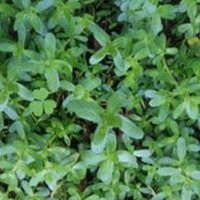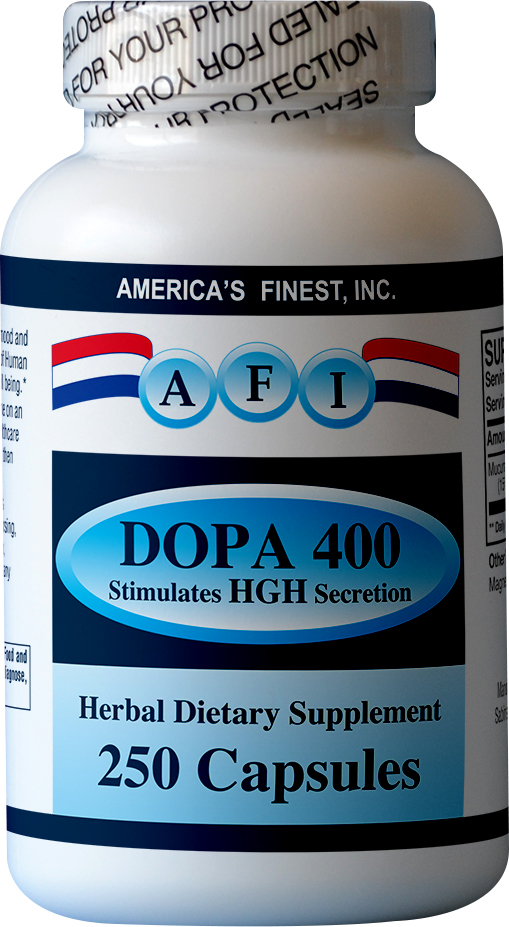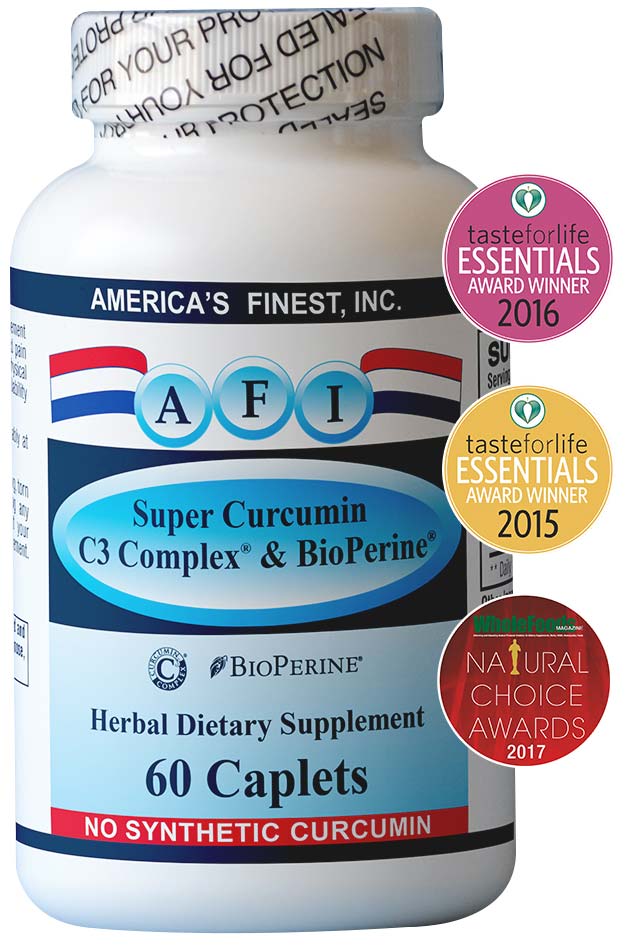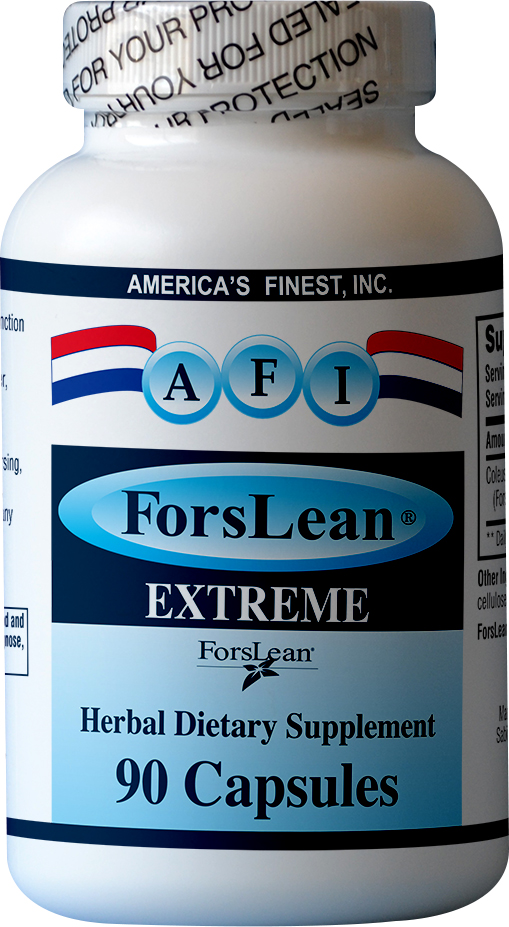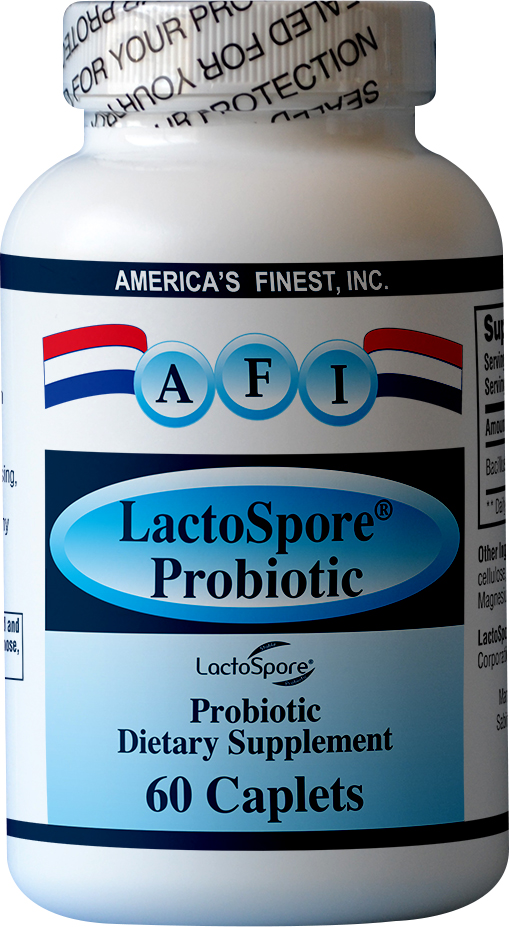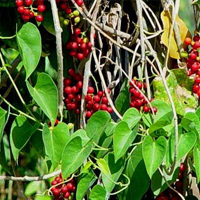Memory At Its Best! With The Use Of Bacopa Monniera
Bacopin is botanically Bacopa monniera (syn. Herpestis monniera) or Brahmi, belonging to family Scrophulariaceae. Brahmi1,2,3,4,5 has been used by Ayurvedic medical practitioners in India since ancient times. The Ayurvedic physician, Charaka, in his treatise the Charaka Samhita, included Brahmi in formulations used in the management of mental conditions. According to Charaka, it acts as an effective brain tonic, boosting ones capabilities to think and reason. In India, it is a popular drug recognized as being effective in the treatment of mental illness and epilepsy. In the ancient Indian texts of Ayurveda, Brahmi has been described as sweet in taste, producing coolness. It also possesses the capacity to increase strength and endurance capabilities in individuals. Traditionally, Brahmi is attributed with detoxifying properties acting as a laxative and astringent. It is also described as “light” in digestion, attenuating brain functions and promoting longevity.
The name Brahmi is derived from the word “Brahma“, the mythical “creator” in the Hindu pantheon. According to Hindu concepts, the brain is the center for creative activity, and therefore the drug that improves this faculty of the brain is called Brahmi. Brahmi is also believed to promote fertility. Other Sanskrit names for this plant are “Bahuphene“, Atiphena” and “Phenavati“. The word “Phena” means “foaming property”. When mixed with water, Bacopa plant parts produce stable froth, as indicated in these synonyms. From the known pharmacological effects of the drug, it is understood that it has an unusual combination of constituents to combat mental inefficiency and illnesses as well as convulsive disorders, like epilepsy. The plant contains bacosides, the active principles responsible for improving memory related functions. These compounds are attributed with the capability to enhance the efficiency of transmission of nerve impulses, thereby strengthening memory and cognition.

The mechanism of memory
The hippocampus in the brain is the seat of the memory functions. It is located in the temporal (left and right) sides of the brain. The hippocampus processes signals sent to the brain by the senses into the templates of memory, which are then stored in other parts of the brain, creating a long term memory. Signals are triggered into electrical impulses in the nerve cells due to a rapid change in protein composition. These impulses are then conducted across neurons (nerve cells) and through synapses, which connect nerve cells. This process continues till the bonds between the nerve cells strengthen, and the memory is created.
Normal synaptic activity is a process mediated by neurotransmitters. Each neuron is a single nerve cell. It has one or more arms called axons that send signals (impulses) and one or more other arms called dendrites that receive signals. When a signal is transmitted through an axon terminal, spherical bodies called vesicles fuse with its membrane. Neurotransmitters are released when the vesicles burst open into the synaptic space, (a station to discharge “passengers”, the neurotransmitters) that is, the minute space between the sending and receiving cells. To end the signal, the axons reabsorb some neuro-transmitters and the enzymes in the synapse neutralize the other neurotransmitters 6. It is evident that a disruption in any part of this process would affect memory. This would occur with age and continuous electrical activity, resulting in the synapses getting worn out. New memory creation is thereby impaired and loss of memory occurs.
Chemical substances and plant extracts that are known to restore memory, work in different ways. The bacosides are the memory chemicals in Brahmi. According to scientists at the Central Drug Research Institute based in Lucknow, India, the bacosides help to repair damaged neurons by adding muscle to kinase, the protein involved in the synthesis of new neurons to replace the old ones7. Depleted synaptic activity is thus restored, leading to boosting of memory.
In this context, it is interesting to compare the mechanism of action of the bacosides with those of other plant extracts that possess neuropharmacological activity, (such as Ginkgo biloba), and the well known brain cell nutrient, phosphatidylserine. Ginkgo possesses efficacy in alleviating disturbances of the central nervous system of both the primary degenerative type (early stages of degenerative dementia) as well as those conditions of vascular origin. Several fractions in Ginkgo biloba extract have been proven to be the active components. They function through two major mechanisms8:
- a) Improvement of cerebral circulation, a function related to the anti-ischemic activity of the extract. Patients suffering from CNS insufficiency states or peripherial vascular and neurosensory disorders are thereby benefited.
- b) Protective effect of the extract on neural tissue (via free radical scavenging, increased energy metabolism or through inhibition of neurotransmitter degrading enzymes). Both these mechanisms indirectly contribute to enhancing alertness, awareness and cognition. However, direct effects on retention and memory are not indicated.
The well known brain cell nutrient, phosphatidylserine is a phospholipid that forms one of the large “lipid” molecules that hold the other large molecules in the cell’s membrane systems together. The cell membrane plays a vital role in the entry of nutrients into the cell, the exit of waste products, inter-cell communications, ion transport and cell movement. Being a vital part of the cell menbrane, phosphatidyl serine helps to attenuate these functions, thereby helping to maintain the cell’s internal environment , enhancing signal transduction mediated through protein kinase C and adenylate cyclase and promoting secretory vesicle release, a process essential for the release of neurotransmitters. All these effects contribute to the protective effect of phosphatidylserine on the hippocampus, the seat of memory. The loss of dendrite connections which normally occurs due to aging is thereby prevented9. Phosphatidylserine thus indirectly affects memory.
Controversy between Bacopa monniera and Centella asiatica.
In India Bacopa monniera is known as “brahmi” and the plant enjoys considerable reputation in the indigenous system of medicine as a nerve tonic. Early literature used the name brahmi to refer to another plant species known as Centella asiatica Linn. which is the Indian penniwort10. However, the name jala-brahmi or water- brahmi assigned to Bacopa monniera in ancient Sanskrit writings provides the differentiation10. The vernacular name “mandukaparni”, often confused with brahmi, in fact refers to Centella asiatica.
A critical study of the comparative phytochemistry, pharmacology and therapeutic properties of these two drugs also support the view that they are distinct:
- Charaka3 considers them both to be promoters of mental ability, but suggests that brahmi is superior to mandukaparni. brahmi is used to treat specific mental disorders such as insanity and epilepsy, while mandukaparni is a general rejuvenative tonic which improves mental health.
- Brahmi promotes fertility and sustains implantation of the embryo in the uterus, while mandukaparni tends to reject the embryo. This suggests that the plant materials have opposite effects on uterine functions.
References
- Chopra, R.N., Chopra, I.C. Handa K.K. and Kapur, L.D. (1994). Indigenous Drugs of India. Academic Publishers, Calcutta, India
- Kirtikar, K.R. and B.D. Basu, (1993). Indian Medicinal Plants. Periodical Experts Book Agency, New Delhi, India.
- 3. Nadkarni, A. K., (1954). Indian Materia Medica, Vol. 1, Popular Book Depot, Bombay.
- Chopra, R.N., (1958). Indigenous drugs of India, 2nd Edition, U.N. Dhur and Sons, Calcutta. P.341.
- Chopra, I.C., Handa, K.L. and. Sobti, S.N (1956). Indian J. Pharm. 18: 369
- Swerdlow, J.L., (1995) Quiet Miracles of the Brain, The National Geographic, June: 2.-21
- Chhachhi, V., (1996) Business Today, March 22- April 6 issue, page 18.
- DeFeudis, F.V. (1991) Ginkgo biloba Extract (EGb 761): Pharmacological activities and clinical applications. Elsevier. 13(3): 163- 167.
- Kidd, P.M. (1995) Phosphatidylserine (PS) a remarkable brain cell nutrient. Lucas Meyer, Inc.
- Satyawati, G., Gupta, A.K. and Tandon, N. (1987) in Medicinal plants of India, Vol. 2, (ICMR, New Delhi), 50.

